Almost twenty years ago, an old man, aged beyond reason by a systematic abuse of smoking, alcohol and anger, burst into tears one day at the memory of travels it turns out he regretted as much as he missed them. He had been at peace in Tahiti, in love in Mexico and had fought in Algeria. He was my estranged father, scarred forever by the mental wounds of war. He passed away soon thereafter, abandoned and cynical to the end.
I do not have a tombstone to visit because he wanted himself cremated, his last destructive, self-deprecating wish to be erased from this world, bras d’honneur to the mirror, so my sister and I spread his ashes in the wind that blows over a small Provence cemetery, in the picturesque village of La Treille where Marcel Pagnol is buried. We could think of no better place for him to be at home, among the colorful people of the south who had populated our youth with extraordinary stories which to this day follow me.
But much earlier in life, I had managed to learn from him the location of a treasure chest called travelling. As a kid, there was no more highly anticipated prospect, no longer awaited reward around Christmas or during summer vacations than a flight to Montreal or a road trip through the Alps.
Montreal was about an opulent life diametrically opposite to our very modest Côte d’Azur existence. Quebec, to me, was about snow, color television, enormous American cars, maple syrup, peanut butter and the light carelessness of living pretty much at someone else’s expense. I was an easily baited seven-year-old.
The Alps were a more rugged adventure. Initially we set out in our old black Peugeot 203. There could not have been much space at the back for us kids, but we managed to squeeze in between sleeping bags and other camping essentials, carried to the car straight from bed well before dawn even began to softly caress the flowery town of Antibes. When we awoke, far from home already, an unfamiliar landscape would be zooming past the car hypnotically as the road rocked us up and down.
We would cross the borders that still existed in Europe, at times approaching our Austrian target of Reutte from the west, at others cutting east first through Italy. A border represented the Law and I feared that god-like authority, especially given that while we were no bandits, my parents disliked said authority and probably made a point to carry across an undeclared bottle of wine or a carton of Gitanes. Yet an appreciative Customs Officer once exclaimed at the sight of our Peugeot: “Che bella macchina!”, making my dad infinitely proud and me, a little less suspicious of the Uniform.
Later, we acquired a second-hand Volkswagen Kombi, a 1974 model with an empty cab. My father designed and built a rudimentary set of L-shaped wooden benches that doubled as storage bins, and could be turned into a flat sleeping surface covering the entire inner space up to the front seats. It slept three adults lengthwise and my sister across at the rear over the engine. By then I was a twelve-year-old adult, mind you.
When the upgrade was completed, I remember the four of us staring at our newly furnished camping van, at the top of a little cul-de-sac called Allée des rosiers, in awe, surrounded by cheerful red roses in gardens all around. There was carpet on the Kombi’s floor. Cushions, which I believe were my mom’s creation, had been cut out from foam and protected by hand-sewn zippered fabric covers in a nice beige checkered pattern.
By a marvel of planning and engineering, the cushion package could fit either both benches in daytime or cover the flat sleeping surface exactly, with the exception of a small, half-pillow sized piece that was needed for the sleeping arrangement but did not fit in the bench layout, so it was left there as a nonchalantly decorative artifact. We all soon realized that while impeccably designed, the two benches were not all that comfortable, one section being a touch too reclined and the other instead way too straight, but no-one said a word, it would have tarnished the magic.
French road laws were rather lenient back then, and no seat-belts were required at the back. In fact my parents purchased a net, probably intended for dogs (!), and we would drive around the countryside with us children sitting on the floor at the open side door, with nothing but the net between us and the windy world, happy as can be. She has a cunning instinct, the right connections for trusted advice and an unflinching drive to give us the time of our lives, every time as if never before, and for this I am eternally grateful.
On our trips through the Alps, we would buy a sticker in a souvenir shop at key locations along the way, a carefully chosen token of passage, proof that here and there we had been and would always long to return. Later on, back late at a campground on which descended the shadow of tall snowy peaks, or parked on the side of a deserted mountain road picnicking on a baguette and saucisson followed for dessert by a sandwich of said baguette, buttered on both sides and stuffed with an entire chocolate bar, the kind that splits into squares, we would attend the sacred ceremony of sticker application to the back of the Kombi. Saint-Martin-Vésubie, Beuil, Puget-Théniers, Isola, Reutte, Interlaken, Innsbruck, Chamonix, Zugspitze, Salzburg, Lucerne, Como, as time went by my world expanded and horizons receded while the Kombi’s back door shrunk.
So to this day, the perspective of a road trip is among the most exciting incentives I know of. Over the last ten years, it seems work has slowly been creeping up the wall of my life, covering it little by little, relentlessly. The bright open white-bleached patches of free time have been replaced by shadowy ivy cover, humid and dark, and suffocating. Like many, taking a yearly two-week vacation is the most I can hope for and a decision to be carefully weighed as it yields heavy consequences. We earthers have built ourselves such a ridiculous society.
That fact notwithstanding, my personal travel agent—in the person of Marie—handles our South African escapes. She has a cunning instinct, the right connections for trusted advice and an unflinching drive to give us the time of our lives, every time as if never before, and for this I am eternally grateful.
We normally fly South African Airways to Johannesburg and on to Cape Town. But the trans-oceanic flight can last a dreadful fifteen or sixteen hours and leaves us with a three-hour stopover at O.R. Tambo and yet another couple of hours down to the Cape. In addition, the SAA A340-600 aircraft serving that route are no longer in their prime and their entertainment system is dated, with tiny screens, when they work. A sign somewhere aboard says it is forbidden to sleep on the… floor. Lavatories get increasingly dirty as the flight progresses and the crews, while never completely horrible, systematically fail to impress us.
So this time around I decided to bring variety to our endeavor and selfishly crafted us an Air France/KLM itinerary via Europe. Poor Marie could not have cared less since her main goal with flying is to be done with it, but I was longing for different planes, nicer crews, alternative layovers and exotic overflights. So I booked a trip for us through Amsterdam and then direct Cape Town, and my solo return was padded with an extra stop in Paris. This achieved the double benefit of putting me aboard four different kinds of planes in a single trip—a rare treat—and touching down in France for the first time in some ten years, ever so briefly.
When we left Brooklyn on a pale autumn afternoon, having arranged for sporadic watering of the garden and inside plants, the weather was stormy and Marie worried about a bumpy ride. After an exceptionally bad hurricane season, the remnants of a couple of old storms were lingering over the North Atlantic, but I knew that we would likely be climbing further north on a NAT (North Atlantic Track, part of a predetermined grid of highways across the ocean that are adjusted daily according to weather patterns) and should have a good ride, which in the end we did.
The KLM Boeing 777-200, nicknamed Chichen-Iza, was comfortable, fitted with large and bright entertainment screens and the crew was outstanding. Flying into the night, we reached Schiphol in seven hours and arrived in time for another breakfast. The second flight was also a KLM triple seven and, taking off around mid-day, we had lunch while Europe was quickly sliding by, hopped over the Mediterranean and ventured into North Africa.
Twenty-first century skies are crowded. Pilots rarely are alone up there. Yet flying over Africa must be a lonely experience. There are often no other planes within radio range for hours, no en route reports of turbulence ahead, ATC is scarce, weather moody. Consider the capture below, representing roughly the time and date at which we flew over Northern Africa. Not a hundred percent of planes are represented but you get a good sense of what it would be like. The desert not only is telluric, it is also aloft.
At that stage of the flight, I fetched my small camera from the overhead bin and began hanging out at the back of the plane, where emergency exit doors on each side have a convenient, if a bit small, precious window. Trying hard not to annoy the flight attendants, I also intended on getting my money’s worth. I had flown over the Sahara in daylight twice before, once from Amsterdam and once from Paris. I knew what to expect, and I even recognized some of the mesmerizing dunes.
These pictures were systematically enhanced because otherwise, shot from 35,000 feet and through two layers of so-called transparent materials, they would be bleak and lifeless, given the angle, time of day, refraction, scattering and filtering effect of the plexiglas. Consider this art, then, more then documentary, and remember that these images are a rendition of the world my inner eye perceives.
On outbound flights, I tend to be rather excited and superficial, while when inbound—or returning—the journey becomes introspective:
But on that October day, with gigantic arabesques chiseled far below in the sand by the mighty hands of time and erosion, I began to ponder my feeling of emptiness, seeking to make sense of life, the universe and everything. Cape Town was ahead, and from there a road trip lay already planned. There was so much to look forward to. But we should have more in our lives to be energized about than fifteen meager vacation days desperately mounted on top of fifty weeks of slavery to a job whose goal is to sustain daily mediocrity and to pay for these absurd two weeks off.
Somewhere, I felt, the bigger picture was eluding me, passing me by like a stranger on the street, sideways glance and raised eyebrow maybe, but no understanding. I decided, in a spur of the momentum carrying us south, that once back in the Real Boring World – my translation of “Le vrai monde où l’on s’ennuie” which constitutes the underside of Olivier Rameau’s “Rêverose”, a fictional idyllic world whose access is strictly forbidden to boring people – I would try and keep a curious eye open daily and take interest in where I am instead of longing for where I am not, or else declare myself blind.
Two beautiful weeks and three thousand Landcruiser kilometers later, I was back at Cape Town International Airport with a mind-full of amazing sights, wild animals and stunning colors, dropped off by Marie who was staying behind for a while. My return flight to Europe was a red-eye aboard the new Boeing 787 Dreamliner, and along with yet another stellar KLM crew, the plane impressed me deeply. It is by no means perfect, no plane design ever is, but it is an amazing example of aviation evolution.
The mid-size widebody twin-engine aircraft is obviously ETOPS-rated, and has some of the longest range capability in today’s skies, ranking maybe fourth overall which isn’t bad for such a conservatively sized plane. Better design and advanced composite materials allow the crew to maintain a higher cabin pressure than on other aircraft, or 6,000 feet rather than 8,000. This might not sound like much of a difference, but combined with a higher humidity level, cabin air was gentler and I would arrive feeling much fresher than on a typical eleven-hour flight.
Additionally, that superior design lowers the ambient sound level in the cabin. Take-off is underwhelming as it lacks the engine roar I enjoy so much. The windows are twice larger than usual and rather than a pull-down blind, they feature an electro-chromatic dimmer. Background lighting in the cabin, usually boringly white and shining on or off from behind the overhead bins and a recess above the windows, has been tweaked to a fully adjustable multi-color LED system. Lights are adjusted according to the phase of flight in slow, smooth transitions. Warmer yellowish tones during meals, a lavender hue when resting, slowly fading to a dark, deep blue at night. In the morning, the lights come on ever so slowly, going through a palette that mimics a sunrise. Then eventually the overhead is blue and main lights are white, like a sun and blue sky.
The flight was good, very smooth and I managed to sleep a couple of hours, or at the very least indulged in that lethargy that passes for sleep aboard an airplane. One drawback of a smaller plane is that there is less standing room to stretch in, however I had scored a cheap upgrade for my seat at the airport, and with Economy Plus extra legroom, I was very comfortable throughout, not to say ecstatic.
We landed in the fog-covered Netherlands in mid-morning. Schiphol is a very large, extremely civilized airport, with an outside viewing deck that I unfortunately discovered too late to check out. There are wide internet/computer areas for those without connectivity (but who is, nowadays?), squeaky-clean bathrooms, much shopping, albeit repetitive, and enough sitting space for all. Wink, wink, CPT, JFK and LGA.
From Amsterdam, I hopped onto an Air France Airbus A320 to Paris Charles de Gaulle, a forty-five minute flight allowing me to combine the coveted KLM 787 with my next treat, Air France flight 010 to New York, a mighty Airbus A380-800.
Charles de Gaulle, tenth busiest airport in the world, is radically different from Schiphol. It was built long ago to replace an aging Orly airport, and being further away from downtown Paris, its futuristic, circular terminal with long crisscrossing tubular escalators on the inside and gate satellites on the outside likely was not immediately embraced by travelers. Eventually though, air traffic increasing exponentially, even it needed to grow and rather than expand on the initial terminal—which would have been hard because of its self-contained nature—architects designed a second and a third more conventional terminal some distance away, splitting the airport up and requiring a shuttle system.
The French are a more effervescent people than the Dutch. They are also more prone to disorganization, so the airport experience is rather different. But I was on French soil for an hour or two, and even though there was no time to leave the airport, I breathed deeply, opened wide shiny eyes and smiled inwardly. It was good to be back.
Seeking a transfer shuttle bus from my arrival hall to the next, I arrived in a small empty room at ground level, opened to the tarmac and from which a bus had obviously just departed, cleaning up the crowd. A lady in an official uniform was standing there lazily attempting to keep busy and I asked when the next shuttle was leaving. She gauged me for a second and answered, deadpan: “Demain matin”. Strong from a two-flight bliss already, along with the wolfing of an unctuous slice of flan found at the airport patisserie, I was in the perfect mood to merely raise an eyebrow, nod, ease my bag off my shoulder and lie down on a bench. “Réveillez-moi à six heures,” I said with a straight face. She smiled and added, pointing back at the gate with her thumb. “Dix minutes.”
Diligently serviced by luggage carts, catering vehicles, refueling trucks and various marshaling entities, the A380 was already sitting at her gate, not unlike a gargantuan grouper hovering idly a few inches over a reef while cleaning shrimp and gobies go about their business all over its body, busily picking and plucking, in and out of its gills, into the giant gaping mouth, prepping their master for yet another hunt.
The boarding process was anarchic at best, and completely lacked the secondary security screening I have seen everywhere else when flying into the US. As a matter of fact, and even though I did go through a semblance of French immigration, unsure of whether I was being welcomed in or ushered out, the security check I had gone through between two sections of Schiphol was the last one until I was aboard my JFK flight in Paris, which surprised me. While this was clearly intended as an in-airline transfer, my path through Charles de Gaulle took me from the main Terminal 2E, via the K and L Halls, then a bus shuttle and into the M Hall, none of which appeared very tightly secured.
Given the fact that I tend to book aisle seats because getting up and stretching at will is still more important than a view, I had grabbed an exit row on the upper deck where Air France reserves the back ten or so rows to the Economy class. This makes for a more cozy cabin with a 2-4-2 seat layout instead of the cattle-like 3-4-3 downstairs. The downside is a conventional upper cabin shape, with walls angling towards the ceiling and diminishing headroom, as opposed to the lower level where they are bulging slightly out, making the cabin feel really spacious.
The captain, a soft-spoken Frenchman whom I would really have liked to meet, came back on the PA system shortly after making his initial welcome announcement, to add that FYI, there were four hundred and ninety of “us” aboard, and a crew of twenty-three. In awe, I pondered the numbers: five hundred and thirteen people would be traveling together aboard this marvel of modern engineering, across an ocean in seven and a half hours, at thirty-nine thousand feet and just below the speed of sound. I grinned. The human race is all excess. But some of that excess is so fantastically creative, it awakes the child in me.I grinned. The human race is all excess. But some of that excess is so fantastically creative, it awakes the child in me.
Our meal, a lunch-dinner hybrid as we were departing in mid-afternoon and flying with the sun, was opened with Champagne, followed by wine and theatrically closed by a coffee spruced up with a shot of Cognac. I honestly do not know if this was a result of the upper deck. In any case, the French crew was very nice and laughed easily.
All too soon, we were feet dry over Canada and eventually began our descent into New York airspace. Once on the ground we had to taxi for quite a while and then were towed to our gate as we were getting into quite a tight space, New York City-style. I am not used to arriving at JFK in the evening, nor in Terminal 1 which honestly sucks when bound from the amazing open spaces of CDG. Immigration was expedited, thanks to the new self-processing machines, in a matter of minutes. My coveted suitcase and twelve bottles of wine, however, took much longer to show up, the luggage of five hundred travelers being quite an ordeal to offload, I would imagine.
And then I was out on the curb.
Getting my bearings, I sniffed the air and gathered the friendly smells of my city and its jet fuel. A poker face was required as always in the real world and I grabbed a cab with the self-assurance of a local. I was tired though, not thinking too clearly, aces were few and when the driver sneakily offered me to choose my way home, I looked at Google Maps and picked the long, sloppy loop around Coney Island on the Parkway, as it was claiming the earliest ETA. I had not really thought the fact that taxi meters factor not only time but distance through. Thirty minutes and eight-five dollars later, I was dropped off at home in Carroll Gardens. Here’s to supporting the local economy. I silently cursed the driver to end up in the middle of the desert below and moved on.
Wearily carrying my stuff in, I cranked windows open, did a quick survey of the plants, scanning for death and finding none, reconnected myself to the world via my beloved PC, took a deep breath, and another, then sighed. I had arrived home. Again. I already missed Marie and the other home. There has to be a way to improve that two-weeks-off, fifty-weeks-on routine, I told myself. But I had a resolve to uphold. Let this arrival not mark yet another onset of self-imposed blindness.
A quick shower to wash off three flights’ worth of lassitude and I collapsed in bed, having to get up in predawn. Groggily, I compared the silence of Constantia nights with Brooklyn’s hum, the isolation of SANParks with the ant hill I had returned to. Extraordinary extremes, flipped sides of a coin, at that very moment I could not tell which one was more real.
Closing tired eyes, I allowed the Sandman to sprinkle a handful of Saharan dunes at me. Rocked by the notion of our journey, I drifted to sleep within minutes and dreamed of the Road to Mokala.
«The Road to Mokala» Series
Want to read the entire series of stories? Start here
Already reading sequentially?
Previous story: Back from Africa, Reloaded
Next story: The Road to Mokala, Part 2 – Ride of the Tsitsikamma Dolphins
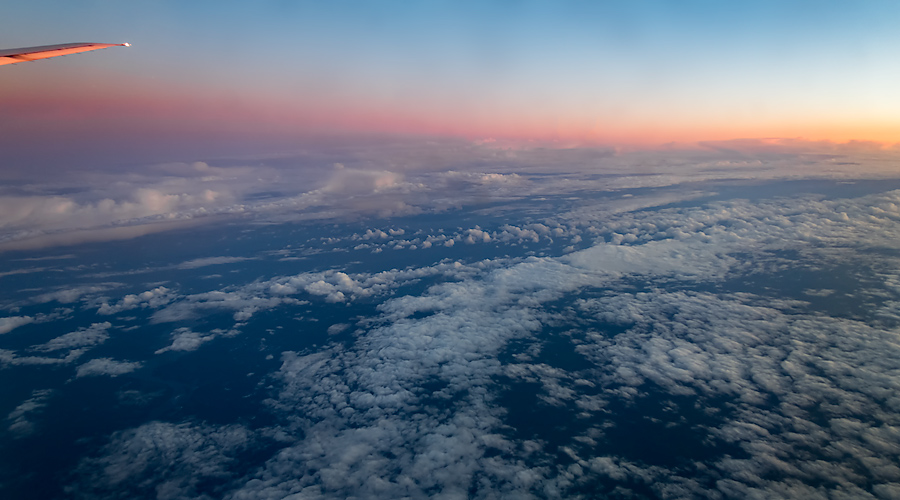
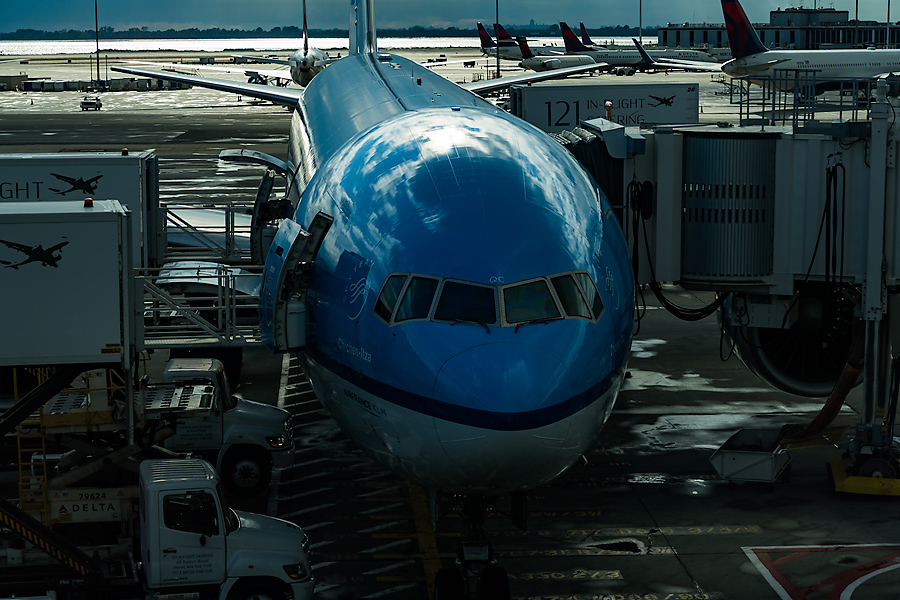
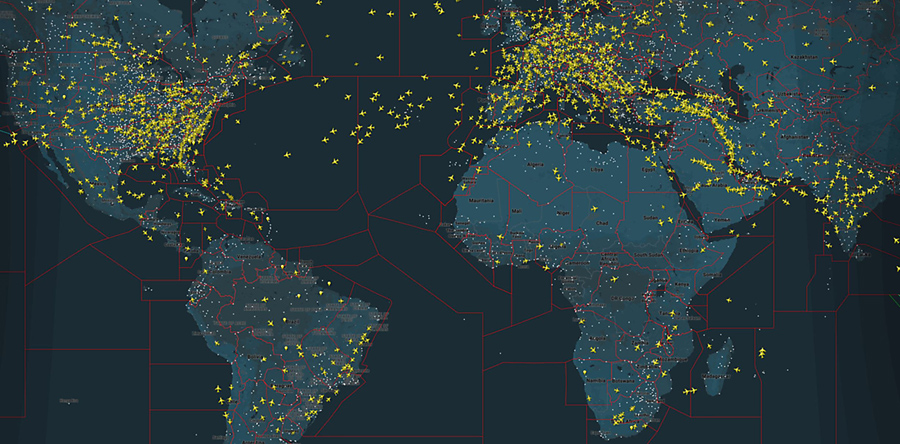
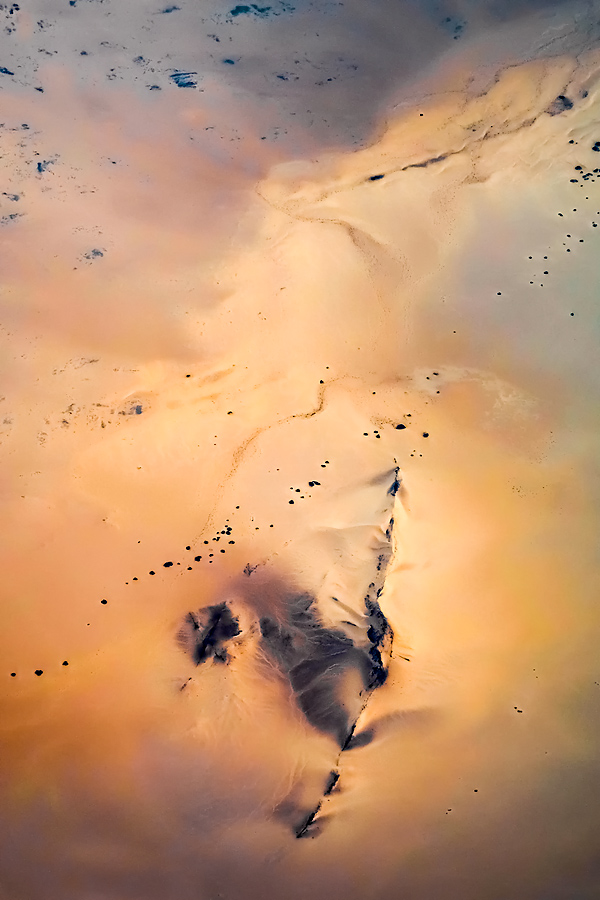
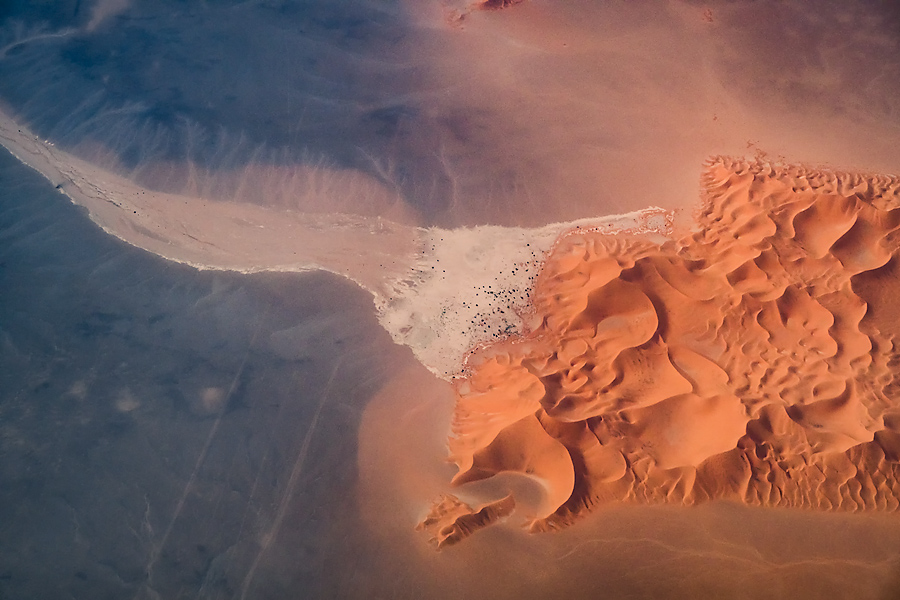
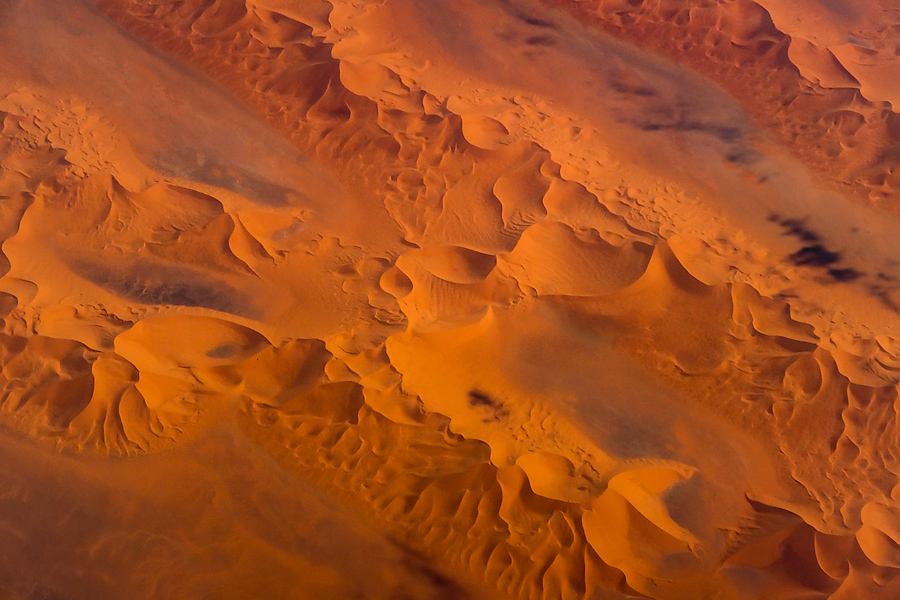
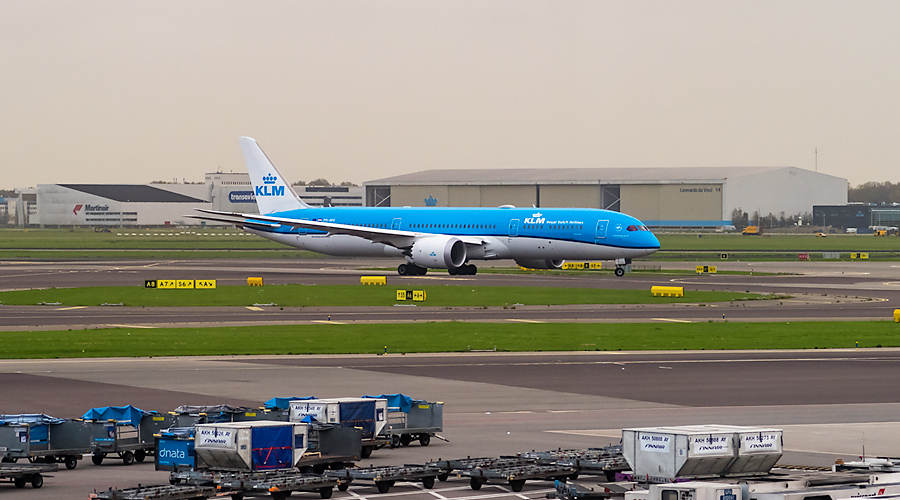
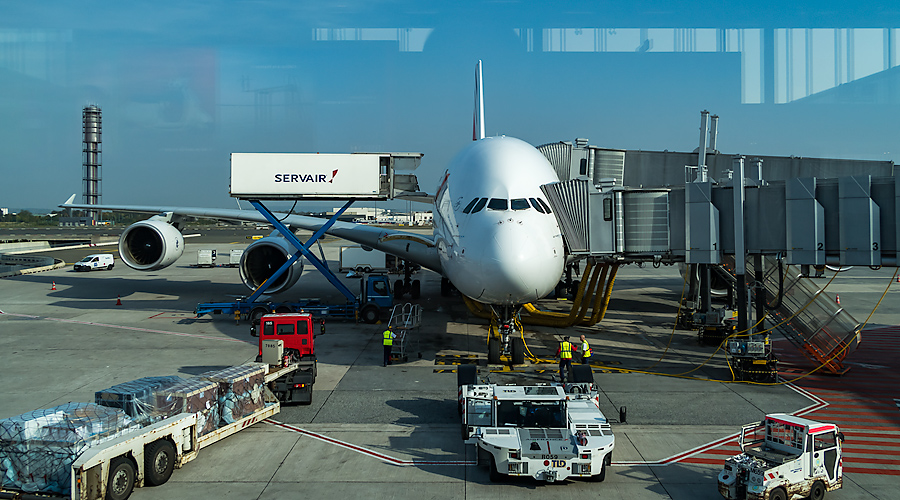
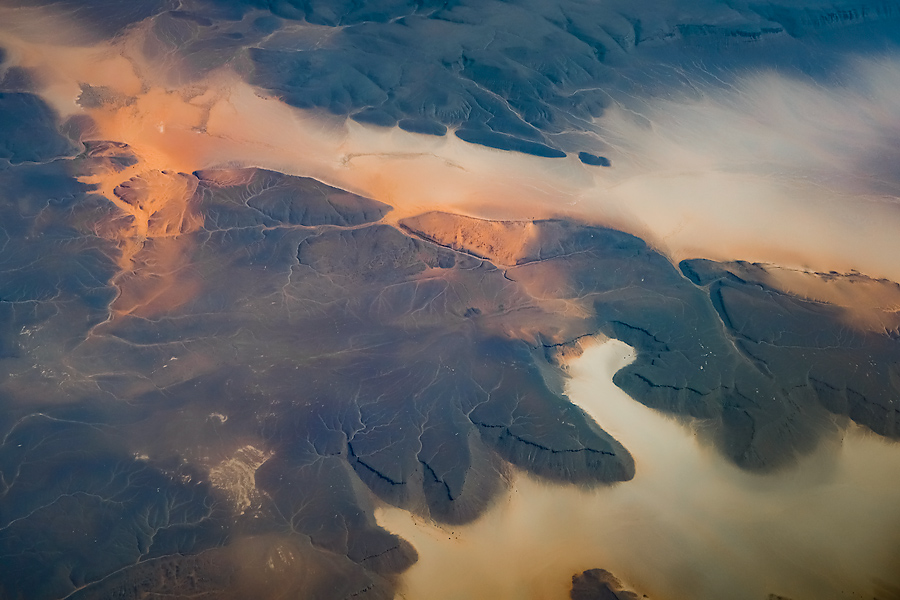
Comments
M
Vince
Germaine Versailles
Brigitte
Vince
Steve Schwartz
Vince
Petro du Toit
Vince
Brigitte
Brigitte
Vince